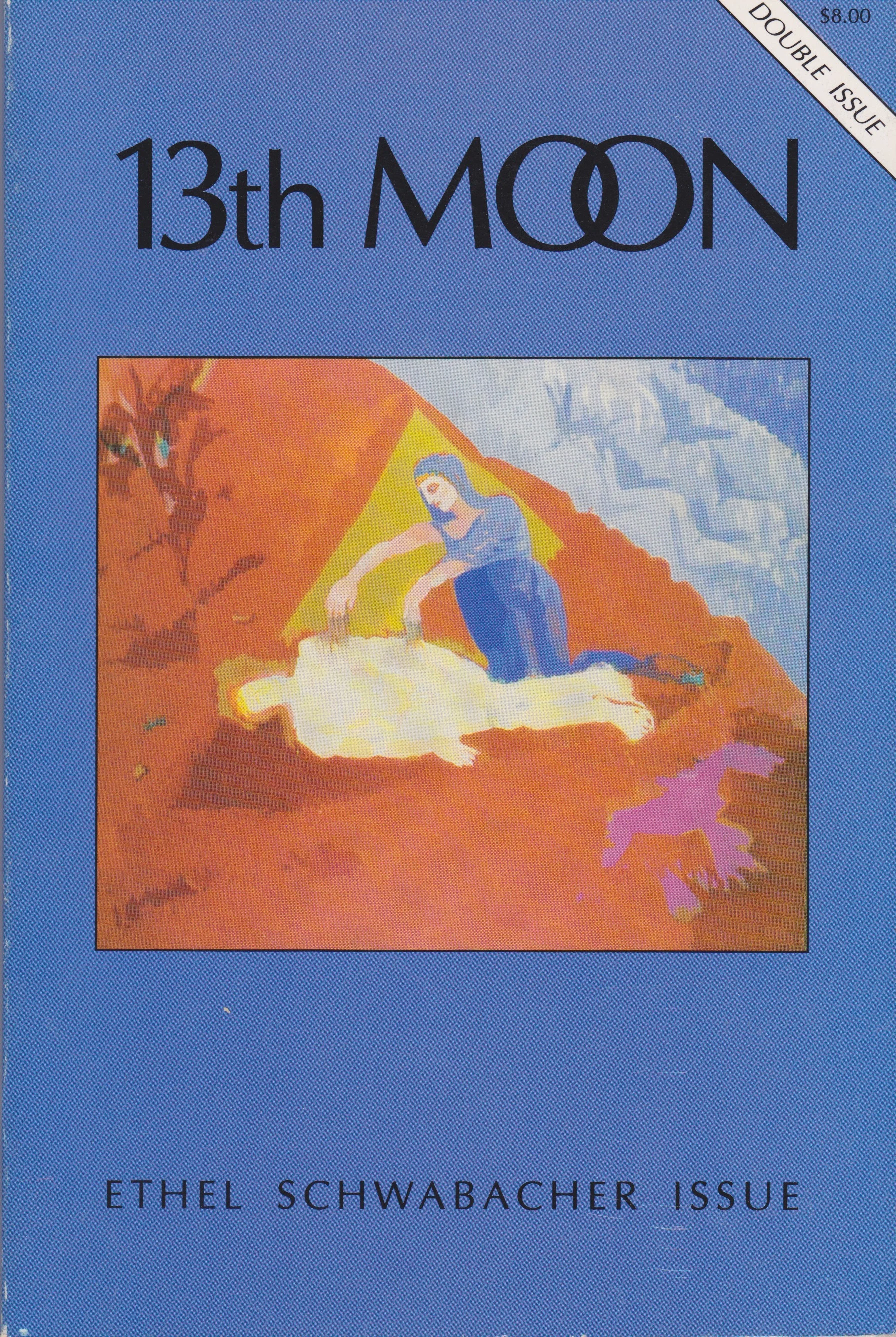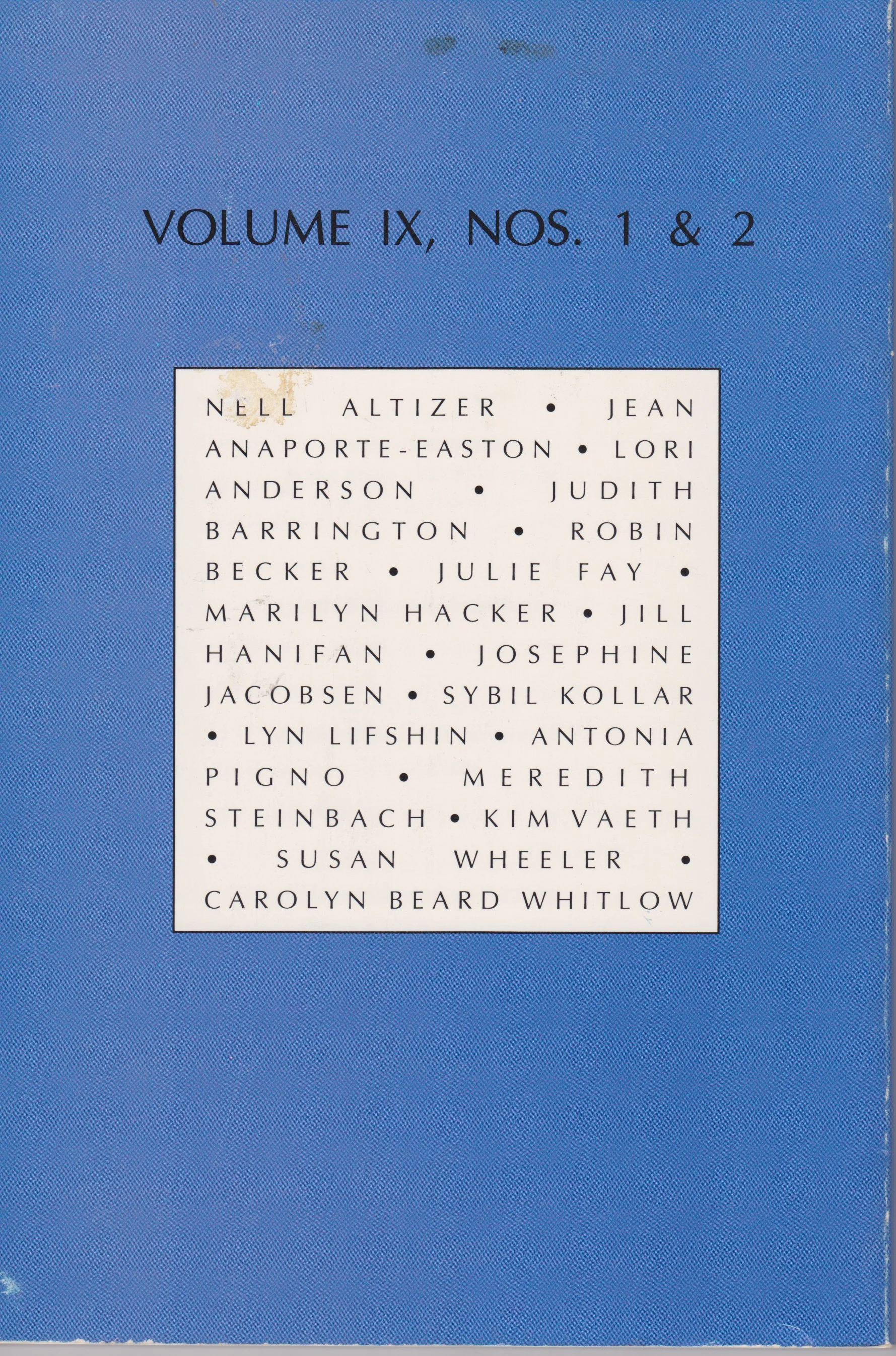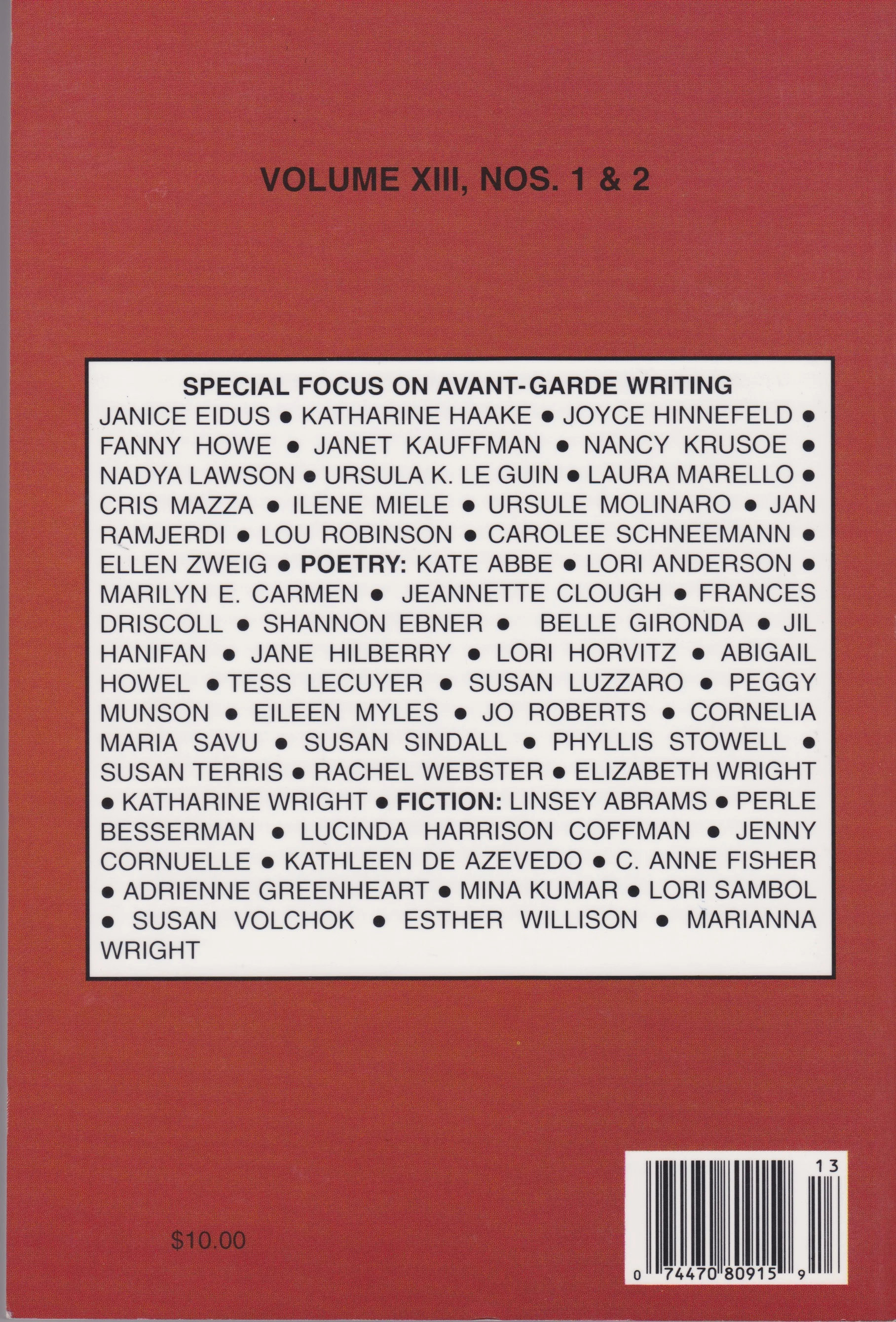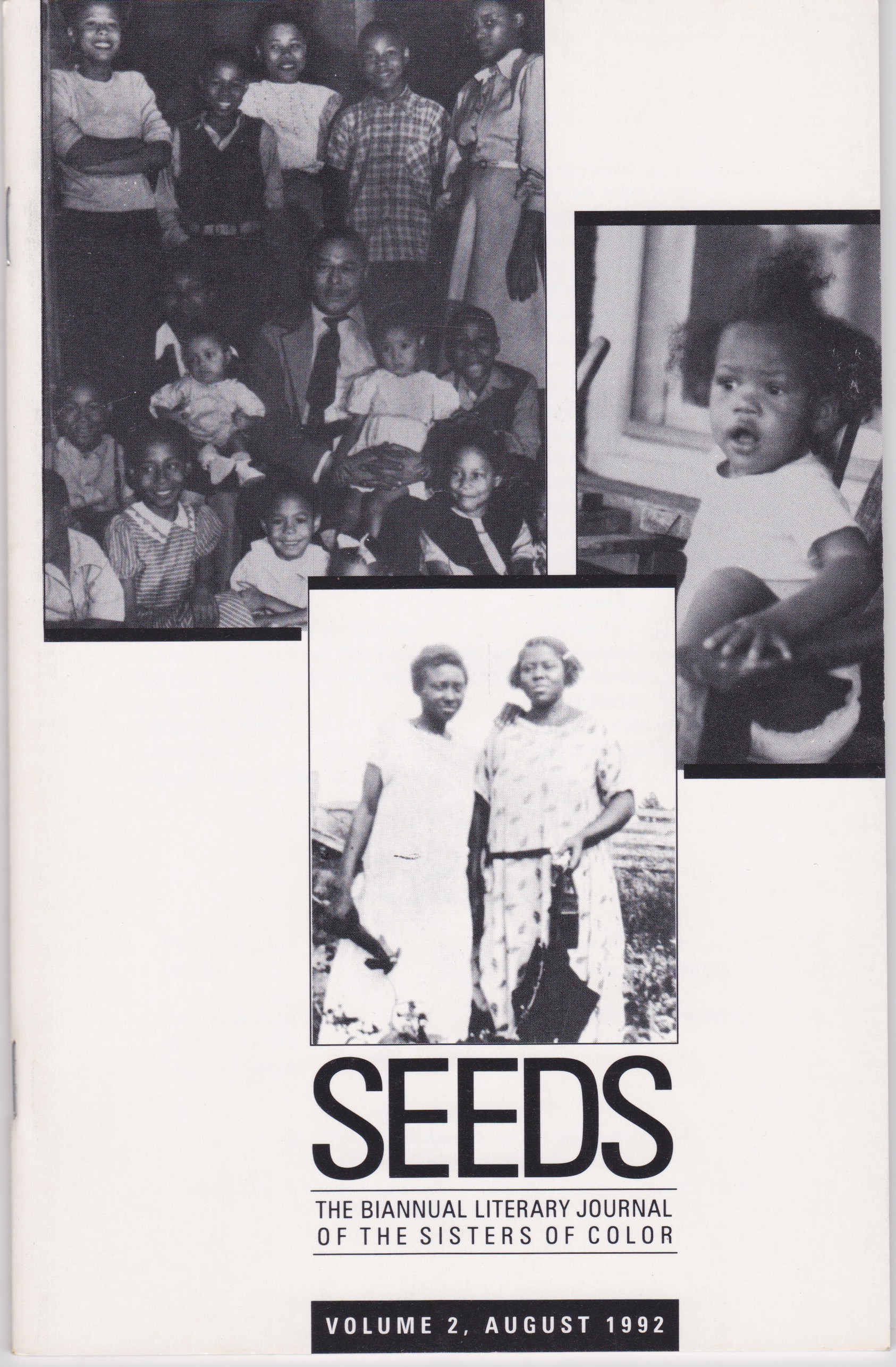In the wake of Federal Disaster #1649, a flood along the Upper Delaware River, I founded the press Stockport Flats. I hosted the High Watermark Salo[o]n to showcase writers and artists whose work buoyed others’ creativity. Checkout the High Watermark chapbooks at http://www.stockportflats.org
Read More2003. Writing on Air
Fifteen years further into climate change, I am revisiting writings collected in 2003 and published by MIT Press. In their introduction to the Terra Nova anthology, Writing on Air, editors David Rothenburg and Wandee Pryor offer an collective OM: “This book is eclectic, so say the least. Broken into parts, it looks at air as substance and metaphor, examining weather and objects in the sky. We have sought to give it back its elusiveness. Air escapes use but it also pervades everything we do, from the laughter that trickles out fo our mouths to the light it carries to the page. It unites us, erasing contradictions by being everything at once. It gives and it takes; it allows movement and forbids.”
“From aerial plankton to Navajo wind gods, from joyful singing to painful emphysema, from gentle breezes to violent storms, Writing on Air creates a fresh way of thinking about the role of air inner everyday lives. Included in the book are prose pieces by poet Hayden Carruth, paulo de costa, Kristjana Gunnars, filmmaker Werner Herzog, Howard Mansfield, Sarah Menin, and C.L. Rawlings; an excerpt from a play by Carl Djerassi and Roald Hoffmann on the discovery of oxygen; poems by Lori Anderson, Tõnu Õnnepalu, Andrew Schelling, and Virgil Suárez; and art and photography by Manuel Acevedo, Stuart Allen, Marsha Cottrelll, Susan Derges, the Koraw tribe of the Indian hills, Arno Rafael Minkkinen, Tuula Närhinen, and the airborne dancers of Project Bandaloop.”
I am honored to have my “Atomic Nature of MA” included in the conversation.
1991, 1995. 13th MOON, Vol. 9, 13
In addition to bringing The Little Magazineto the University at Albany in 1990, poet/professor/editor Judith Emlyn Johnson helped usher 13th Moon to SUNY Albany in 1991. Dean Francine Frank and Vice President for Research Jeanne Gullahorn helped the Women’s Studies and English department create a new home for the literary journal.
During my time at U at Albany, favorite issues were the ones devoted to Ethel Schwabacher (Volume IX, Numbers 1 & 2) and Avant-Garde Writing (Volume XIII, Numbers 1 & 2). Kudos to the managing editors of those issues: Wilma Kahn and Catherine Sustana.
I love thinking of Schwabaacher’s “Antigone” (1971) next to Carolee Schneemann “Fresh Blood: A Dream Morphology (1990). Their reinvention of women’s mythologies reverberated through contributors’ work.
I was lucky to have several poems from my collection Cultivating Excess in Volume IX and the piece “Reading Chora? (A Condensed Duet)” in Volume XIII. The duet was a textjam of Rachel Blau DuPlessis’ (via Kristeva) “Language Acquisition” and Jorie Graham’s “Self Portrait as Demeter & Persephone.”
1995. The Little Magazine, Volume 21.
When I was a doctoral student at the University of Albany, I had the good fortune of being Poetry Editor for Volume 16 of The Little Magazine and Co-Editor with Jan Ramjerdi for Volume 17. But the real exciting time for the magazine was when it went digital under the editorship of Chris Funkhouser, Belle Gironda and Ben Henry. I am still hunting for online versions. No luck. Our early experiments with hypertext are lost?
I particularly mourn the loss of the online The Little Magazine Volume 21.3, MAPPING, which included my piece “Door Where Carol Merrill is Still Standing.” Luckily, scholar Karin Sanders wrote about the piece while it was still online. See Bodies in the Bog and the Archaeological Imagination. “If you click on Anderson Moseman’s cyber poem door, you can read about the obedient Carol Merrill; known by a generation of Americans as the quintessentially smiling but mute TV game hostess whose gesture toward the doors (in Moseman’s optic) become a spectacle of sacrifice, not of the bog girl but of the participating ‘victim’ in the greed play of consumerism. If you choose the wrong door and win a goat instead of a car you are, so to speak, sacrificed to the laughter of the audience and viewers. That’s the name of the game. In that game, the bog girl challenges the slick host, Monty Hall, as the poem insinuates a carnality of sacrifice different than one to which she was submitted two thousand years ago.” Luckily the text of the poem survives in my collection PERSONA.
Thanks to Chris Funkhouser, 150 video and audio files from Volume 21 of have been salvaged. Funkhouser talks about how co-editor/producers Belle Gironda and Ben Henry made of this CD-ROM in an article on Jacket2: “The CD-ROM publication, The Little Magazine, Volume 21 (1995), featuring 77 artists, contains 127 audio (.wav) files, many which I recorded; an entire section of the project was devoted to vocal readings, including recordings of John Clarke, Harvey Brown, Robert Grenier, Pierre Joris, Jed Rasula, and Chuck Stein. Unfortunately, the disc does not function on today’s 64 bit Windows systems, which means it is unplayable as originally designed.”
Recordings of my poems in Volume 21, “Woman Eating a Grape” and “Woman Eating a Cyst,” can be accessed in the drop down menu here at Funkhouser's We Press. Gone are the visuals: Angelina Marino’s painting “Woman Eating a Grape” and the ultrasound of my right breast, but having audio is a gift. Thank you Chris Funkhouser.
1991. SEEDS, Volumes 1, 2 and 3
Esperanza Malavé Cintrón, Cecilia Rodríguez Milanés and Druis Beaseley founded the Sisters of Color Writing Collective in 1988 while working on graduate degrees in Albany, NY. The trio came came together after being introduced by Toni Morrison, then Schweizer Chair at the State University of New York at Albany. Their writing workshop blossomed into an activist group: as membership grew, the women gave readings, facilitated racism workshops, and taught poetry in correctional facilities. One of their outreach efforts was the literary magazine SEEDS which is now digitized. To see each issue, click here.
Sisters of Color (SOC) welcomed women of all color. I, a Scandinavian-Slavic American, was invited to join the group after I had been in a study group with Esperanza Malavé Cintrón and Druis Beasley. I served as Poetry Editor of the first issue of SEEDS. Decades later when I founded the press Stockport Flats, I was able to publish Druis Beasley’s work in the High Watermark Salo[o]n Volume 1, Number 4 and the anthology Women Outside. Lillen Waller edited and contributed to the anthology American Ghost: Poets on Life After Industry for Stockport Flats. Esperanza Malavé Cintrón’s Visions of a Post-Apocalyptic Sunrise: Detroit Poems was part of Stockport Flats’ Confluence Series.
Here’s a list of contributors from SEEDS: The Biannual Literary Journal of the Sisters of Color, volumes 1, 2 and 3. The two issues featured work by members of SOC and writers in the community (Capital District of New York State). By the time the third issue was released, Editor Esperanza Malavé Cintrón had move back to your hometown of Detroit and founded a chapter of Sisters of Color Writing Collective there. So, Volume 3 is a wonderful conversation between creative women in Detroit and Albany.
1991. Managing Editor Esperanza Malavé Cintrón worked with Poetry Editor Lori Anderson [Moseman] and Editorial Assistants Curtis Bliss and Wilma Kahn to produce the premiere issue of SEEDS: The Biannual Literary Journal of the Sisters of Color. Contributors included, Druis Beasley, Linda Boulette, Tawana Brace-Knowles, Esperanza Malavé Esperanza Malavé Cintrón, Mary A. Etienne, Laurie Filippi, Lois Jircitano, Wilma Kahn, Roz Lee, Shaarazetta Natelege, Lillien Waller , Rayfield Allen Waller, and Winifred Yu. Cover Art is by Joanne Beckman.
1992. Managing Editor Esperanza Malavé Cintrón worked with Poetry Editor Roz Lee and Editorial Assistants Stacey Dawes and Lillien Waller to produce Volume 2 of SEEDS: The Biannual Literary Journal of the Sisters of Color. Contributors included Druis Beasley, Linda Boulette, Esperanza Malavé Cintrón, Stacey Dawes, Linda Silance Dixon, Mary A. Etienne, Wilma Kahn, Roz Lee, Percival Miller, Lori Anderson [Moseman], Emily Novak, Cecilia Rodríguez Milané, Mary Panza, Marilyn Omifunke Torres, Lillien Waller, Rayfield Allen Waller, Katie Yates and Winifred Yu. Cover Art is by Joanne Beckman.
1995. Managing Editor Esperanza Malavé Cintrón worked Editorial Assistants Wilma Kahn and Vievee Francis to produce Volume 3 of SEEDS: The Biannual Literary Journal of the Sisters of Color. This issue had poems from a performance the Sisters of Color Writing Collective produced. Writers/performers for Extensions: Women and Their Hair were Druis Beasley, Stacey Dawes, Nadia Lawson, Cherry B. McCutchen, Tanya Manning [Yarde] and Lori Anderson [Moseman]. Other contributors included Sarah Addae, Ventra Asana, Carmen Bugan, Mashana Burton, Esperanza Malavé Cintrón, Perri Giovannucci, jil hanifan, Aurora Harris, Kaleema Hasan, Lolita Hernandez, Wilma Kahn, Leslie Reese, Teresa Tan, and Rayfield Allen Waller.








